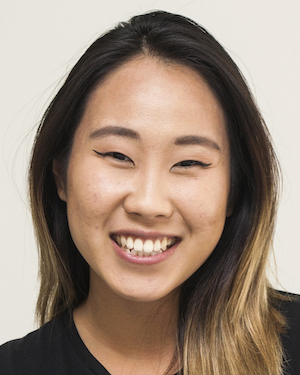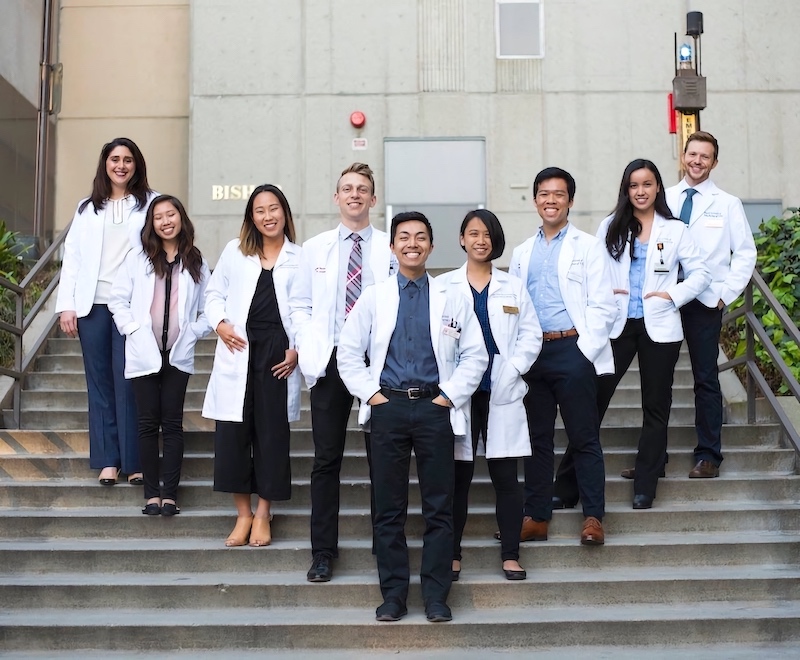Having a Seat at the Table

September 19, 2018
by Joyce
One of the unique opportunities at USC is the Student Run Clinic, a completely student organized interdisciplinary clinic that occurs twice a month. We strive to bring about quality care for the underserved population of Los Angeles. The protocol and environment is set up for student to learn to:
- Utilize occupational therapy lens for a holistic approach to patient care
- Collaborate with disciplines from medicine, pharmacy, and physician assistant
- Advocate for the profession of occupational therapy

As the SRC Co-Executive Chair, I have the opportunity to represent the occupational therapy profession at the table. Coordinating patient care across four disciplines can get quite messy with the layers of communication and hierarchy. In order to create a smoother flow of communication, the executive board has been created where 2 students from each discipline comes together, and we brain storm ideas to maintain the occurrence of clinics and enhance the experience of them, for both the patients and the students. Every month, we meet to discuss any issues that may have to be problem-solved. Within this past year alone, we have tackled many obstacles including patient care, research, communication, and funding.
In partnership with my co-chair peer, I can advocate for the profession of occupational therapy. Having a seat at the table is more than being physically present. When working with the underserved, it is important to be aware of the multiple compounding factors that puts them at risk for future health concerns. While patients are at our clinic, we want them to receive the best quality care in the most efficient way. While the executive board is constantly working towards making that happen, as students, I can use my occupational therapy lens, to bring forth the narrative of the patient population. OTs have the ability and skills to dig into their routines, roles, and access, specific to this population. In this manner, we are advocating for patients using our OT lens.
Most importantly, I am given the space and time to create friendships with students from these various professions! Through our friendships, we are engaging in meaningful conversations that teach one another about our professions. I truly believe that these relationships will continue beyond our time in school and well into our clinical practice years as we learn to lean on each other for collaboration and support.

⋯
Next by tag Diversity ⟩ Getting Involved ⟩
⋯





